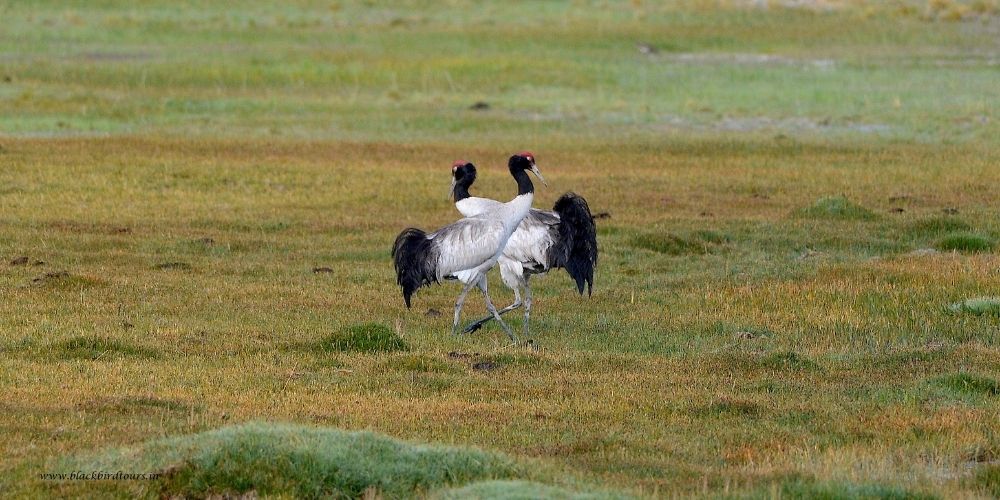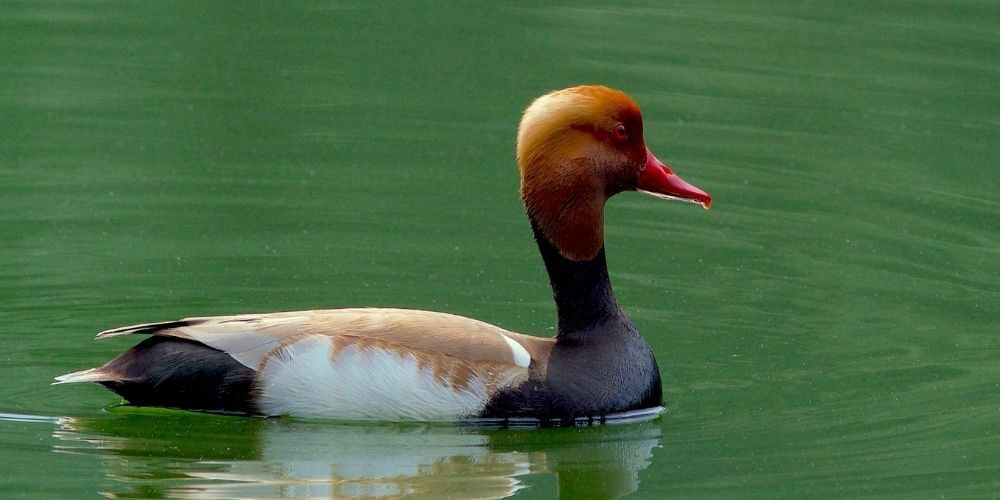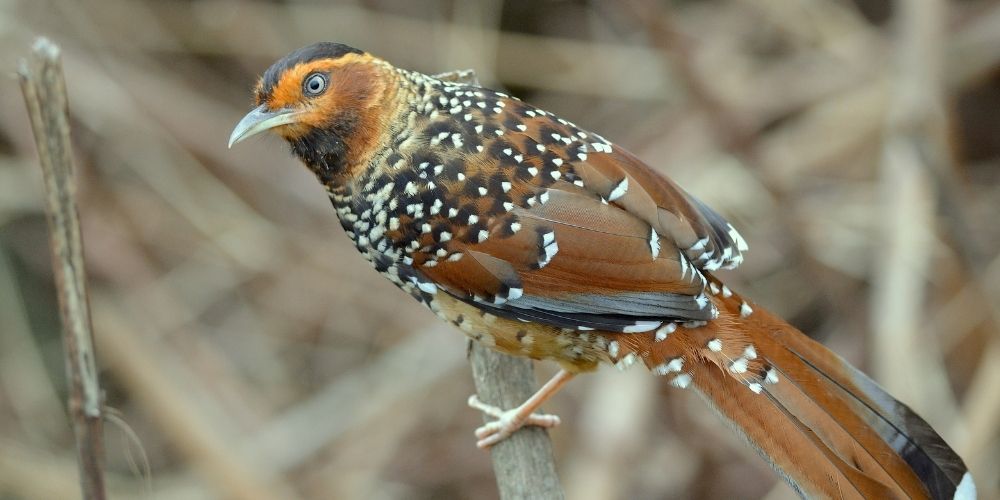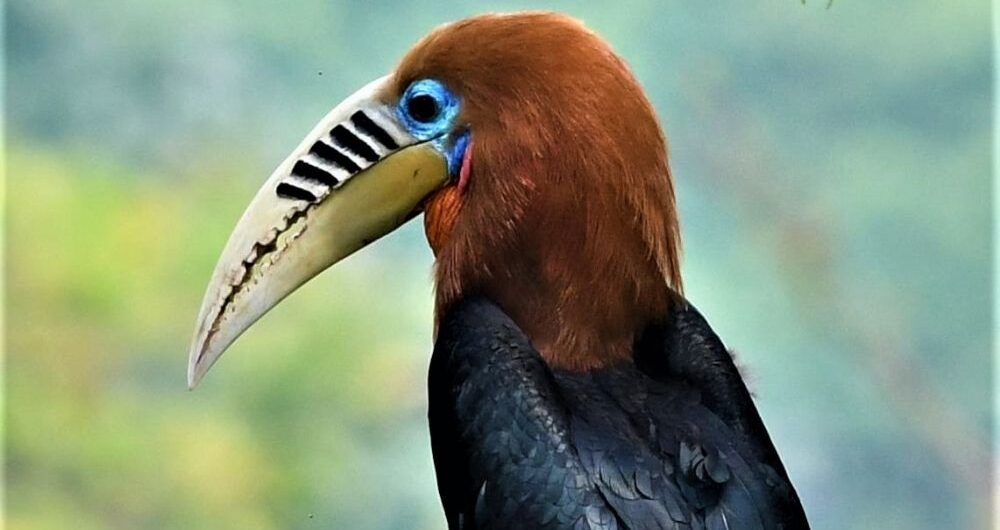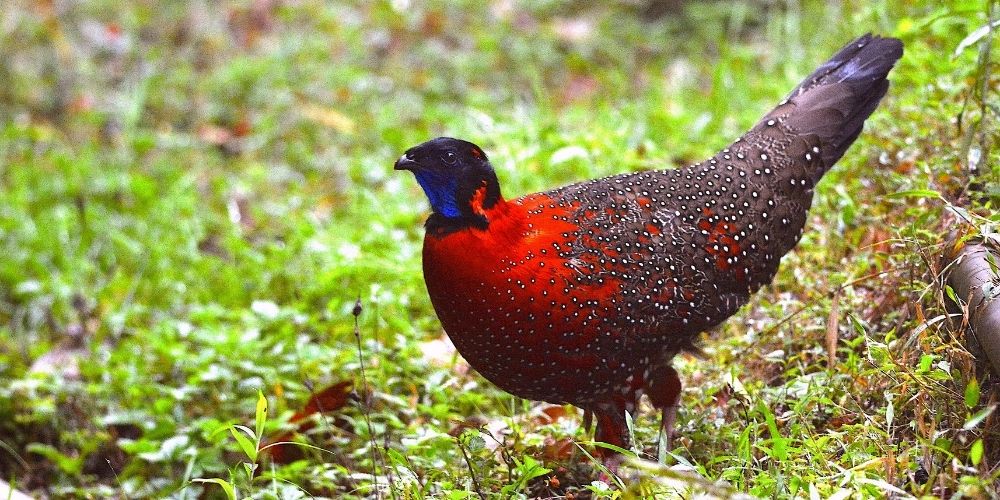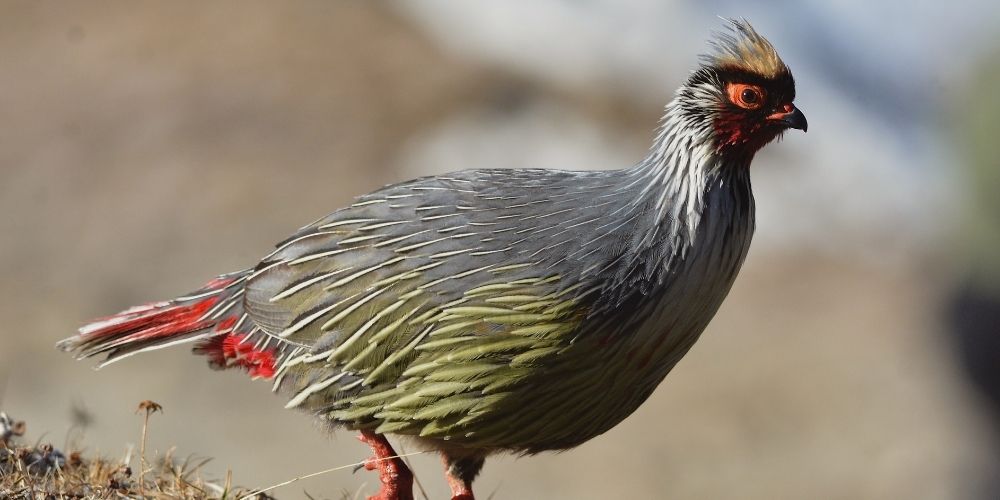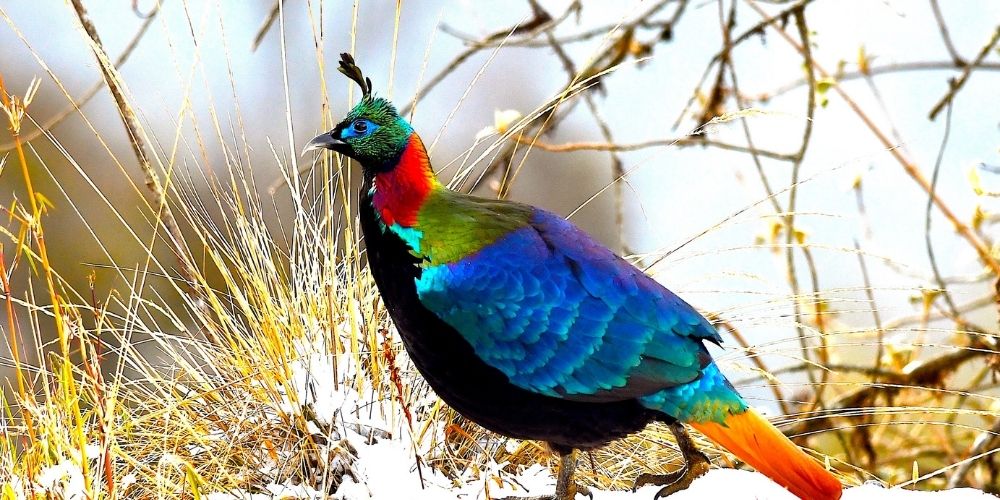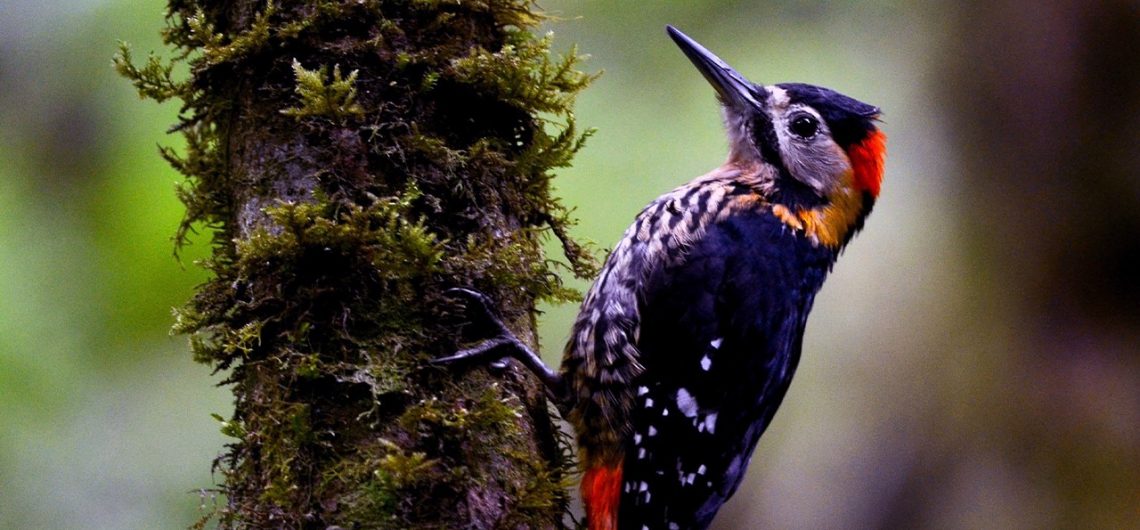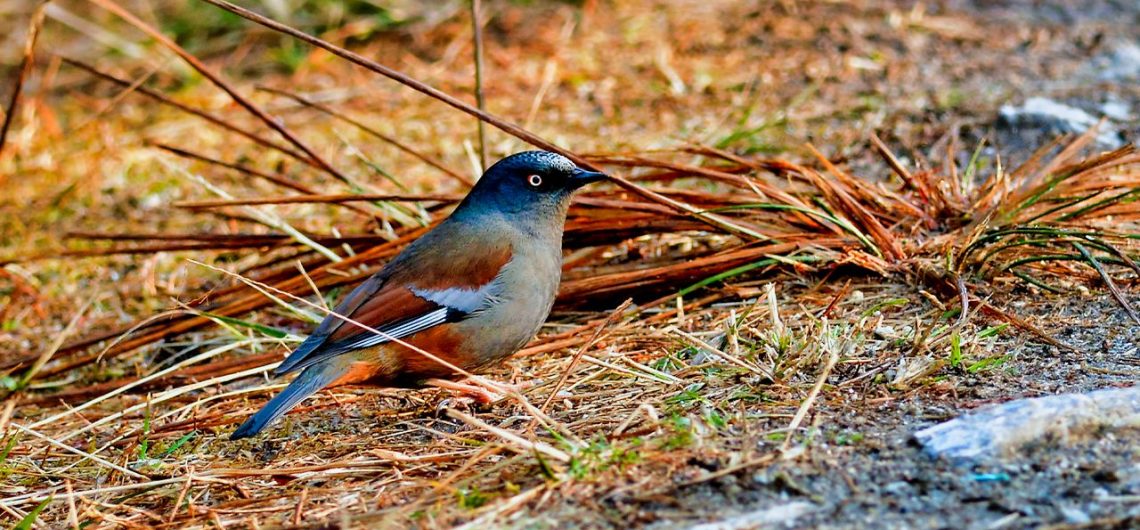Ladakh region, called trans Himalayas is geographically a Western most part of vast Tibetan Plateau which extends over 100,000 sq. km, covering an altitude range from 2700 meters to 7650 meters above sea level. It’s magical remoteness, limited accessibility, extreme weather conditions, and relatively undisturbed wildlife makes Ladakh a special attraction to hard-core naturalists and adventure travelers.
Ladakh receives very less rainfall during winter time. Most of the time it is dry, allowing sparse desert like a vegetation. Ladakh enjoys a short but very pleasant Summer. During this brief period from mid June to mid September, thousands of tourists visit the region yearly, principally attracted by the rich, unspoiled cultural heritage, the fascinating landscape and the friendliness of the local people.
Ladakh is not regarded as a birding paradise. Its vastness and remoteness, combined with its difficult and limited accessibility, have encouraged few to spend sufficient time studying the birds in its hostile valleys, hills and plains. However, lying as it does on the boundary of the Palearctic – Oriental zoogeographic regions, and also partly within the Tibetan biome, Ladakh has a diverse avifauna. Many species are breeding migrants and the region is an important staging post for birds crossing the mighty Himalayan range during their spring and autumn migrations.
The Tibetan Plateau, of which Ladakh is the western extension, makes for an unlikely birding hotspot. The area is largely arid, with the only sustenance coming from the glacial melts every summer. But, it is home to an astonishing variety of bird life, some of whom are found no where else in the country. A diverse species list, from Eagles to Owls, Rosefinches and Snowfinches and Sandgrouse to Snowcocks to makes Ladakh a must-do on any serious birder’s list.
To do justice to Ladakh as a birder, you will need around two weeks at least. Within this you can cover the area around Leh, across the majestic Khardung-la pass to Nubra, carry on to the wetlands around Pangong Tso, Tso Kar and Tso Moriri and then head to the far east to Hanle.
Some of Ladakh’s signature species include the Little Owl, Tibetan Snowcock, Tibetan Sandgrouse, Great and Streaked Rosefinches, Eurasian Eagle Owl, Horned and Tibetan Larks, Chukar and Tibetan Partridge and many many more.
The best time to visit is during the summer months, June through August.

